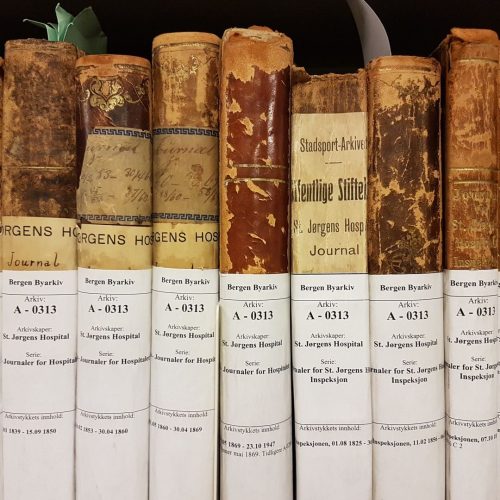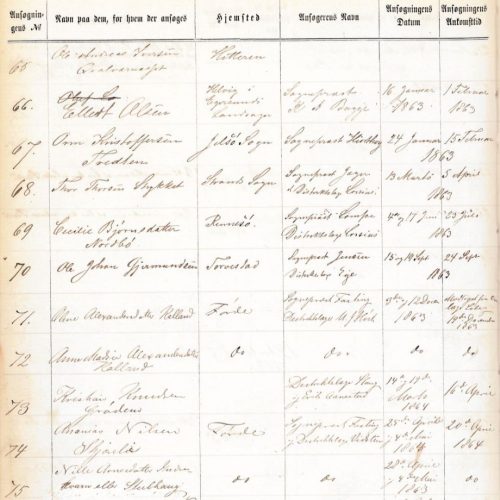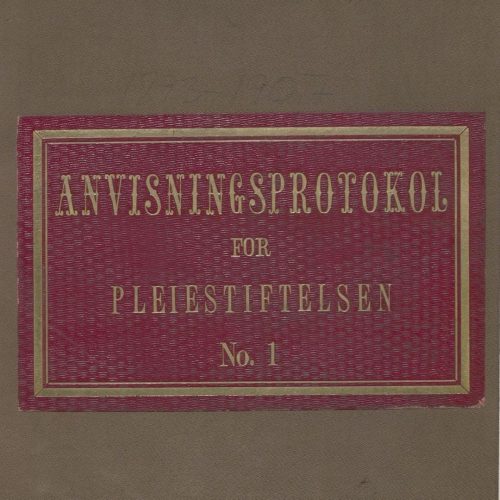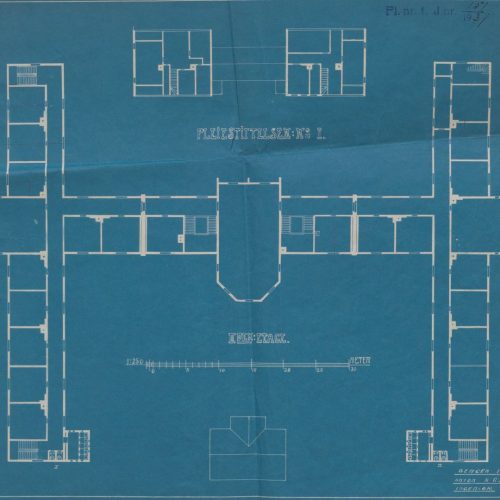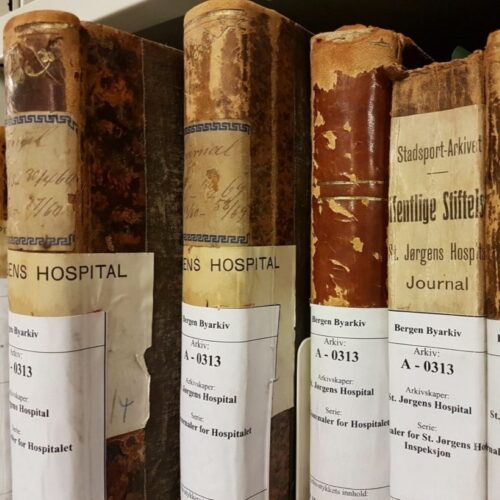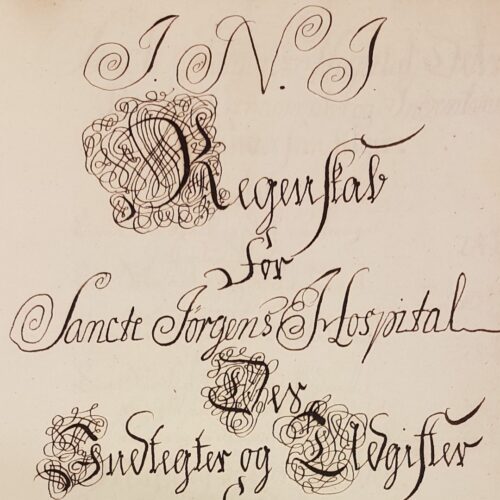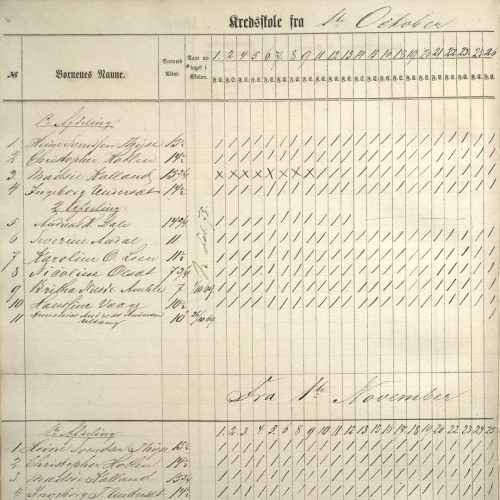The Leprosy Archives of Bergen
The Leprosy Archives of Bergen are a collection of archives held at a number of different archival institutions in Bergen. In 2001, the archives were inscribed on UNESCO’s Memory of the World list of documentary heritage that is important to preserve. The Leprosy Archives are made up of the archives of St. Jørgen’s Hospital, Lungegård Hospital, Pleiestiftelsen Hospital the Chief Medical Officer for Leprosy.
The archives contain material related to the administration and running of the institutions, residents/patients, everyday life and finances. The archives are kept in different locations, primarily at the Bergen City Archives and the Regional State Archives in Bergen.
The Leprosy Archives have been described as a piece of world history in Bergen, based on the establishment of the world’s oldest patient registry, the National Leprosy Registry of Norway, and Dr Gerhard Armauer Hansen’s discovery of the leprosy bacillus in 1873, which drew attention to the Leprosy Archives from all over the world. Just as important is how the archives document the continuous operations at three different leprosy hospitals in Bergen from the early 18th century onwards. In the archives, the history of patients, the running of the hospitals and the work of various physicians are at least as significant as the discovery of the leprosy bacillus.
Together with the preserved hospital compounds in Bergen – Pleiestiftelsen Hospital and St. Jørgen’s Hospital – the archives form a historical monument to both people and science. Thousands of people have been involved in the history of leprosy in Bergen, some of whom lived with the disease, others who ran hospitals or cared for the sick for short or long periods, while others devoted their lives to finding the cause of the disease and a cure.
The archive for Pleiestiftelsen
In addition to accounting, administrative and patient records, the archive contains inventory lists, animal testing records, library records and weather observation records. Read more
UNESCO Memory of the World
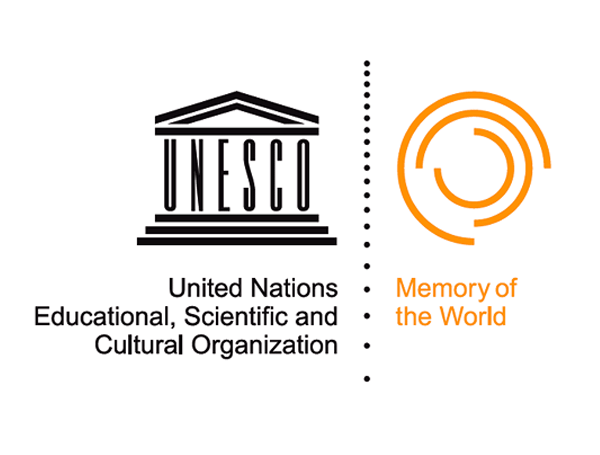
UNESCO’s Memory of the World programme was established in 1992. It focuses on texts, collections and archives that have a significance that transcends time, space and cultural context. As of May 2023, 494 archives, documents and other collections from a range of different countries and peoples are represented on the list. The Leprosy Archives in Bergen is one of those collections, and was the second Norwegian entry in the register, after Henrik Ibsen’s manuscript for ‘A Doll’s House’. Other Norwegian records and documents on the list are Sophus Tromholt’s photo collection, Thor Heyerdal’s archives, the Castberg Child Laws and the archives from Roald Amundsen’s South Pole expedition, 1910–1912.
The main aim of the programme is to contribute to the preservation of documentary heritage, to encourage universal access to the archives, and to raise awareness of the world’s documentary heritage as an important part of our common cultural heritage. The primary focus is on democratising the archives by securing access to them. Parts of the leprosy archives can be accessed on the Digital Archives website. You will also find examples of what these archives contain and the stories they tell on our own website.

